
The world’s only full-stack, no-code platform. Design, develop, and launch production-grade applications without code. It doesn't matter if you’re starting out or on an enterprise team — Bubble ...

By utilizing OpenAI's natural language processing capabilities, Flatlogic offers a special integration that creates a database schema depending on the user's app description. Then, in a matter of minu...

Analytics are challenging; flowpoint.ai makes it simple. Utilize AI to improve conversions, give priority to useful solutions, and increase ROI through data-driven choices. Find practical tips to maxi...

Personalized AI chatbots, trained using your data, without any coding required. Easily deploy on your website within minutes. Develop a GPT-4 chatbot swiftly, with the ability to train the AI, customi...

Stack AI is an enterprise AI platform that enhances business operations by integrating artificial intelligence solutions. It provides tools for data analysis, predictive modeling, and process automati...

Personalized AI chatbots, trained using your data, without any coding required. Easily deploy on your website within minutes. Develop a GPT-4 chatbot swiftly, with the ability to train the AI, customize responses, and seamlessly integrate it onto your website.

The world’s only full-stack, no-code platform. Design, develop, and launch production-grade applications without code. It doesn't matter if you’re starting out or on an enterprise team — Bubble is for anyone. Build AI-powered apps without code: Launch and scale apps with all the latest tech, including Open AI and Chat GPT.
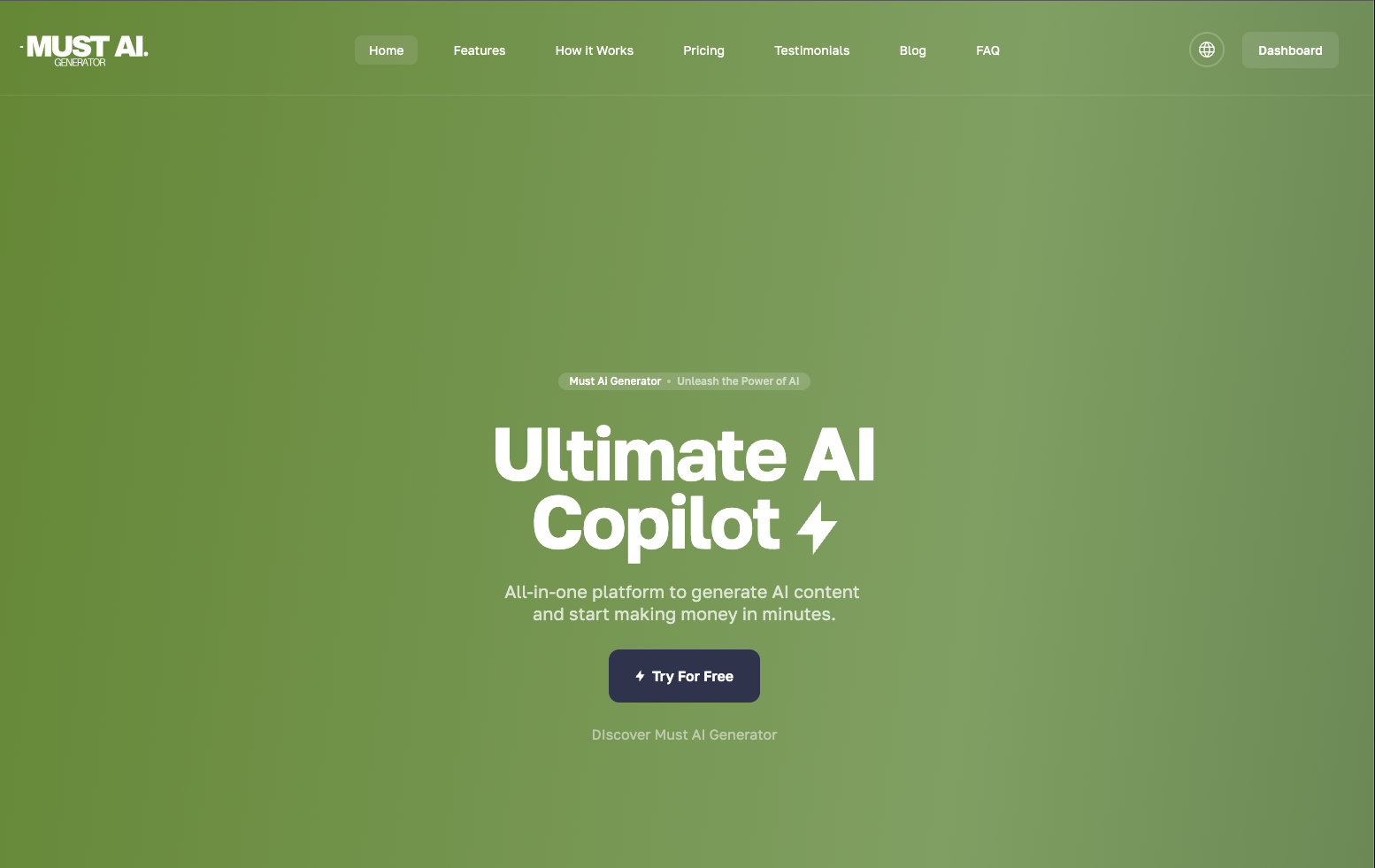

All-in-one platform to generate AI content and start making money in minutes. AI copilot for copywriting and content generation, AI image generator, code generator, text to speech, chatbot and more.
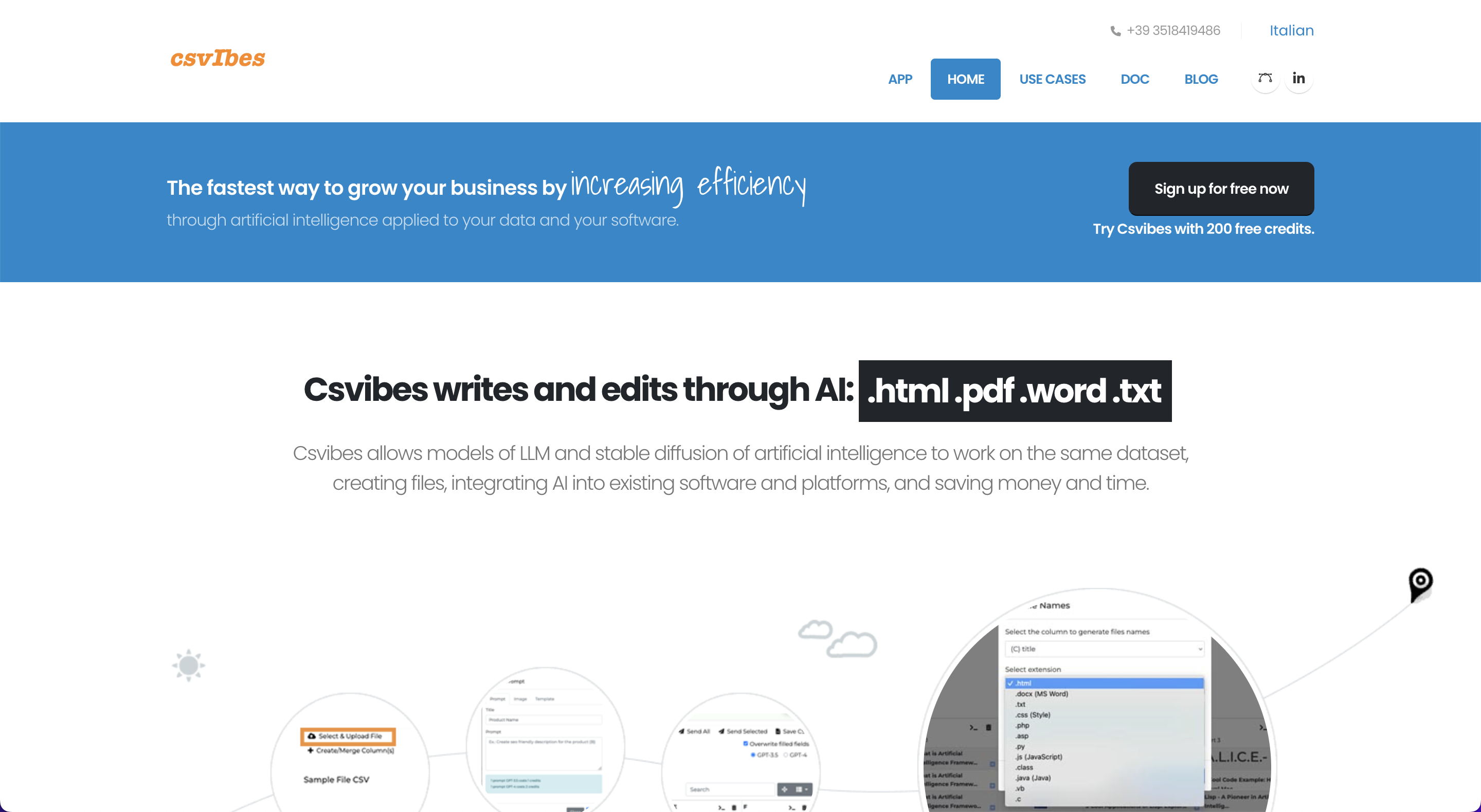

Csvibes is an online tool that, using csv files, allow users to create e-commerce platform catalogs in minutes (like Amazon, Magento, Ebay, Prestshop and others)On Csvibes you can create multiple pdf, word, html, php, python files or multiple pages in wordpress and other platforms applying artificial intelligence models together for images and text generation.
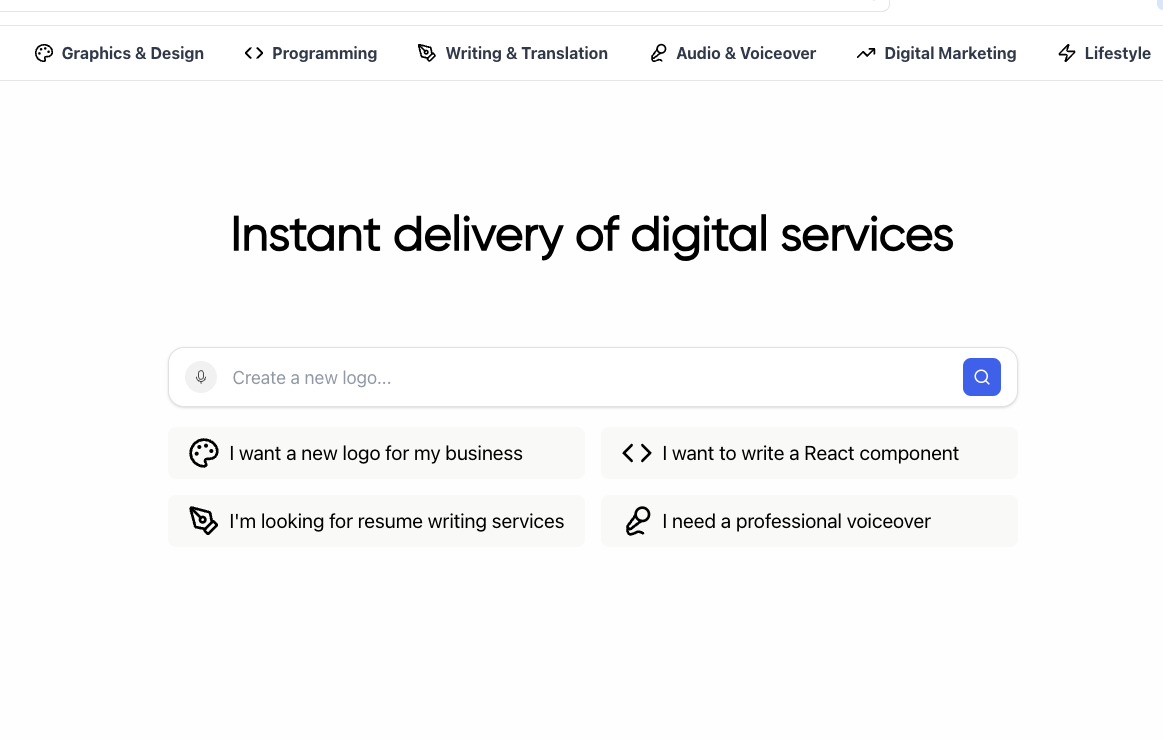

Enhance productivity using AI-driven applications, dive into image generation tools for boundless creativity, and engage with chatbots sporting distinct personalities—all without the need for coding. Elevate your writing with indispensable AI apps and supercharge your creative endeavors.

Stable Diffusion is a versatile solution for creating detailed images from text descriptions, offering inpainting, outpainting, and text-guided image translations. Craft tailored visuals for marketing. Revive and extend images. Embark on unique image transformations.
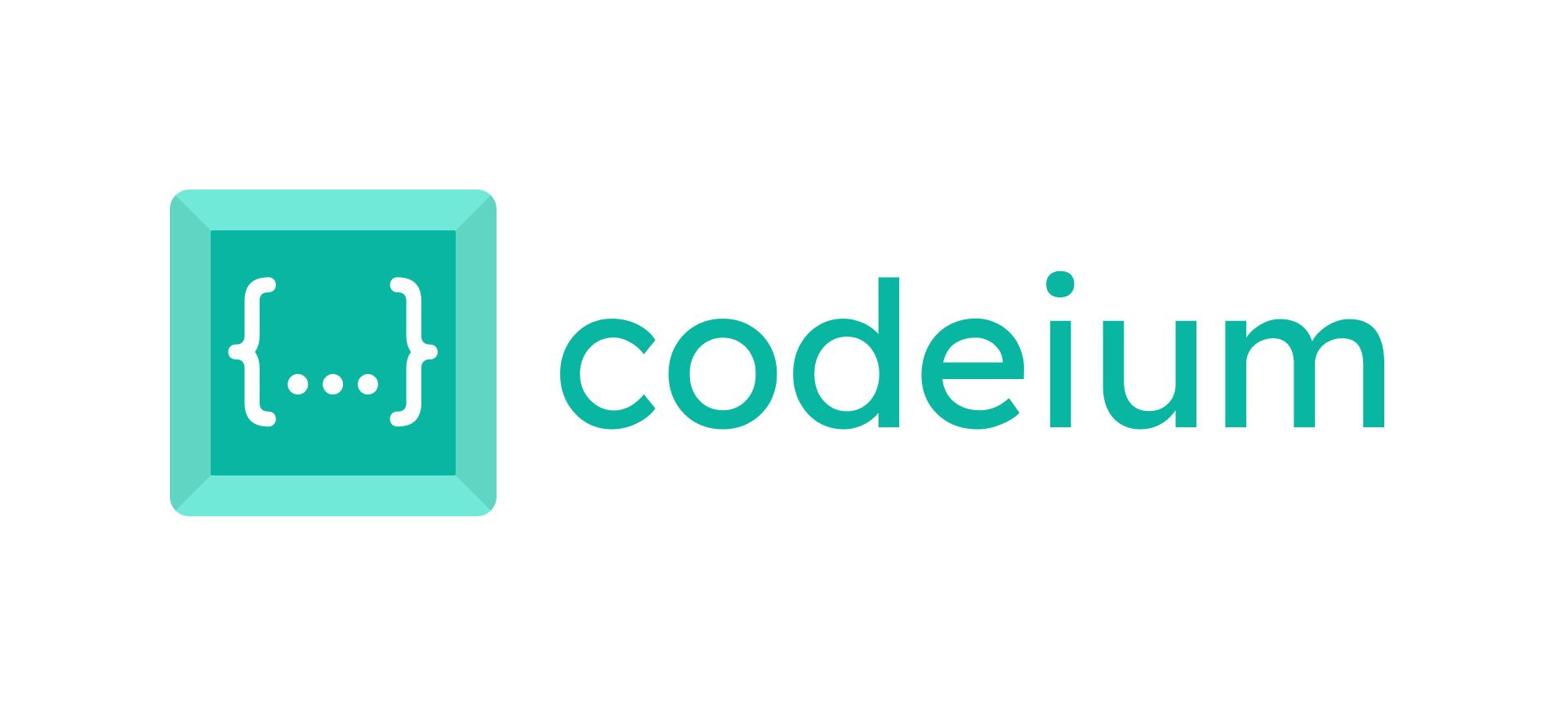
Unlock your coding superpower with a free AI-powered toolkit for developers. Skip the API wrappers; we offer in-house models and infrastructure. Enjoy autocomplete and search across all your IDEs. We support 70+ languages and 40+ editors, with more on the way. Supercharge your coding with our modern, AI-driven extension.

By utilizing OpenAI's natural language processing capabilities, Flatlogic offers a special integration that creates a database schema depending on the user's app description. Then, in a matter of minutes, the Flatlogic Full-Stack Web Generator produces a finished web application.


A set of easy-to-use & cutting-edge NLP APIs. Popular APIs: Text Generation - Rewriter/Paraphraser Summarizer Integrate text analysis that is quick and strong into your apps. From topic categorization to sentiment analysis and entity extraction, we've got you covered. Make it happen in a matter of days, not months! Text analysis: Plagiarism Checker; Custom classifiers; Sentiment Analysis; Named-entity Recognition.
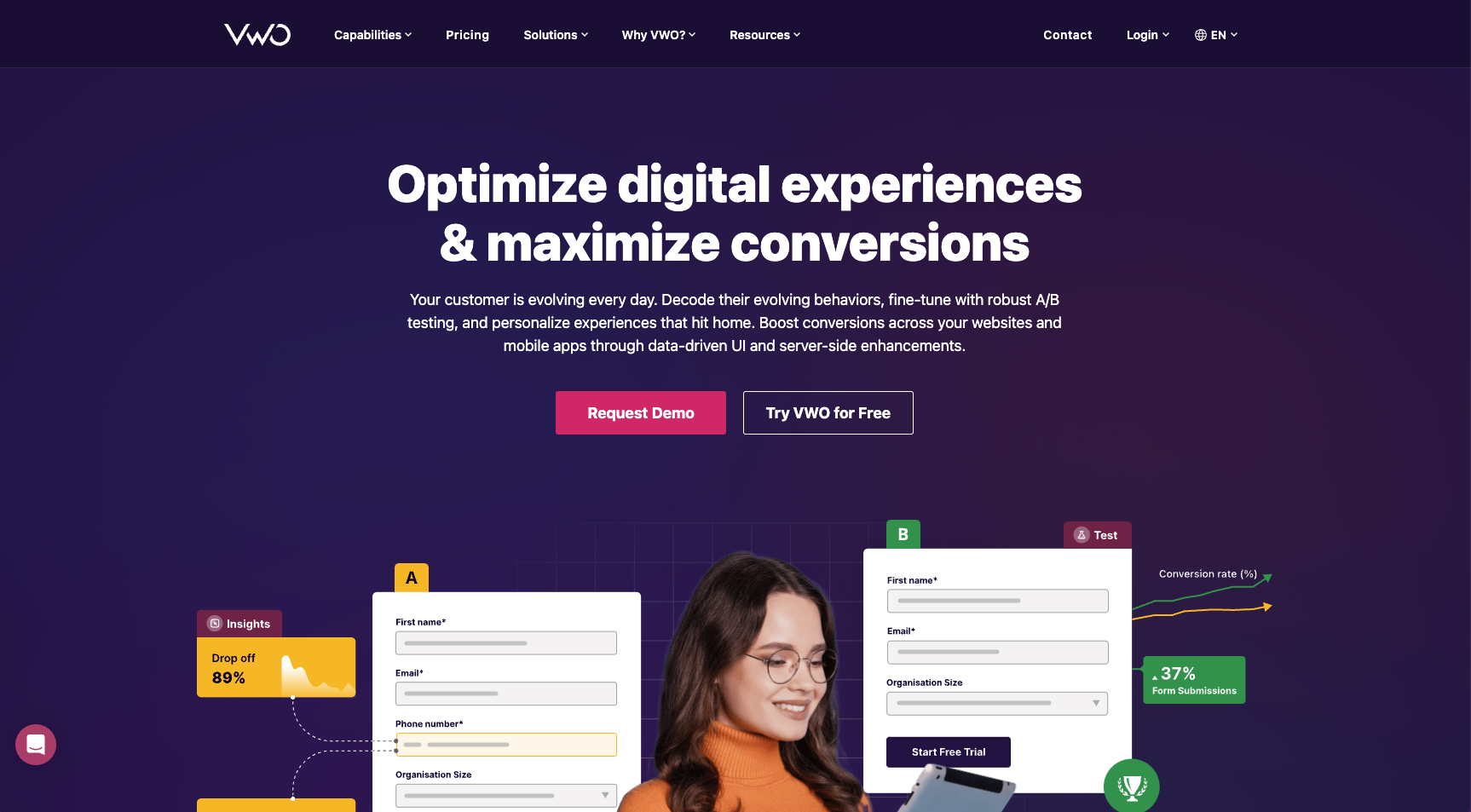

Turn your visitors into paying customers. Set up your first experiment right away.
I’ll send you the full list of 500+ of the best AI tools available.
In today’s fast-paced digital world, creating software quickly and efficiently is more important than ever. This is where “Low Code/No Code” comes into play.
It’s a game-changer for both professional developers and those with minimal coding experience. By simplifying the development process, these platforms are transforming how applications are built and used.
Low Code/No Code is an innovative approach to building software applications. It minimizes or even eliminates the need for traditional coding. This means you don’t need deep coding knowledge to create powerful software solutions.
Low-code platforms offer tools that require some level of coding expertise but are still much simpler than traditional methods. No Code platforms, on the other hand, are designed for business users and non-technical people, allowing them to build apps without any coding skills.
These platforms are equipped with a drag-and-drop interface. This makes it easy to create complex apps or software solutions without delving into the nitty-gritty of code. They cater to a range of needs, from business processes to digital transformation initiatives.

Low-code and no-code platforms streamline the application development procedure by utilizing visual interfaces and pre-assembled components.
Users can drag and drop different elements to build applications. These platforms often come with automated workflows and the ability to integrate data from various sources.
Low-code platforms might still require a bit of custom code to add specific functionalities. In contrast, No Code platforms are entirely based on visual development, ideal for citizen developers and non-technical users.
Low-code/no-code platforms have revolutionized the development process. They offer a range of features and functionalities:
These platforms are not just for creating simple apps. They are capable of handling complex app development, making them a viable choice for business users and development teams alike. With low code/no code platforms, companies can build custom applications that align with their business strategies and increase ROI.
By using low-code and no-code solutions, organizations can address business problems more efficiently. They empower users with varied levels of technical skills – from professional developers to end users – to build solutions that would otherwise require extensive coding experience.

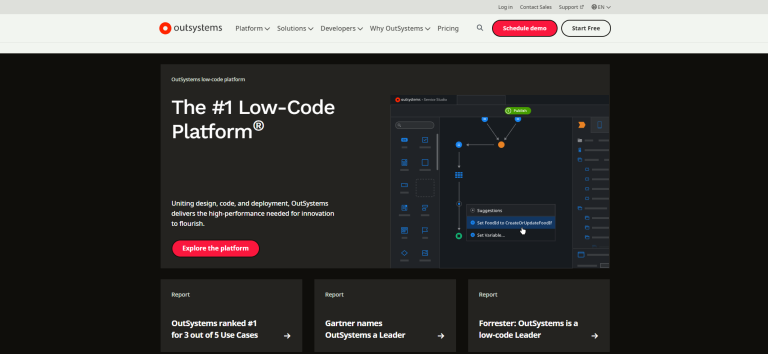
OutSystems stands out as one of the most intuitive low-code platforms, providing a customizable app-creation experience that covers the entire software development lifecycle. It’s known for its fast-paced development capabilities and an integrated solution that supports a wide range of databases and external systems.

Mendix is a well-known low-code development platform that enables app building with no coding, offering real-time collaboration. It uses visual development tools and focuses on accelerating the app development process through an extensive set of tools for development, testing, deployment, and iteration.
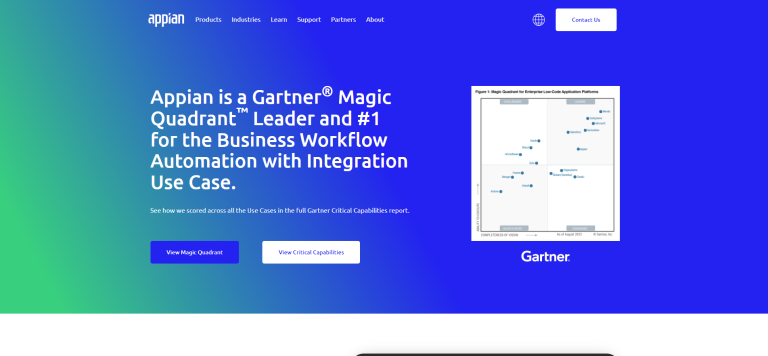
Appian is acclaimed for its intelligent automation and ability to develop powerful business applications. It’s user-friendly and facilitates seamless collaboration among team members, making it accessible even for those with no coding experience.

Quickbase is known for creating efficient workflows and is particularly adept at helping teams overcome bottlenecks and streamline operations. It also offers no-code capabilities, making it versatile for various users.

Zoho Creator, from the well-known Indian multinational technology company Zoho, is a minimalist platform designed for intuitive low-code/no-code development. It is a veteran in the industry, recognized for its user-friendly interface.
When it comes to creating software applications, Low Code and No Code platforms have emerged as powerful tools. But what sets them apart, and when should each be used? Let’s explore these differences and their best use cases.

Low code development platforms cater to users with some level of technical expertise. They offer low-code tools that simplify traditional development, yet still allow for some coding.
In contrast, no code development platforms are designed for users with no coding experience. Their visual interface and simplicity enable users to create applications without writing a single line of code.
Low-code platforms generally offer more customization options than no-code platforms. They allow for the integration of custom solutions and tweaking at the code level, making them suitable for complex project needs.
No code platforms, on the other hand, are more rigid but much easier to use, making them ideal for straightforward applications.
Low code is typically geared towards professional developers or those with some coding knowledge who want to speed up the development process. No code is designed for business users or non-technical staff at a departmental level who need to build software applications quickly.
Low Code Development Platforms are best used when there’s a need for workflow automation, case management, or integration with other tools and systems within an organization. They are excellent for increasing ROI by speeding up development while still providing room for tailored solutions. Examples include internal tools for businesses or more complex customer-facing applications.
No Code Development Platforms shine in scenarios where speed and simplicity are key. You can build basic no-code apps or no-code software in just a few hours, which is perfect for small businesses or individual departments needing quick solutions. They are great for building software applications like simple web apps, basic data collection tools, or even small e-commerce sites.
Ultimately, choosing between a low-code platform and a no-code platform depends on your project’s specific needs, the technical skill level of the users, and the desired level of customization.
Both approaches are valuable in their own right and have significantly changed the landscape of software development, offering a single platform solution to a wide array of business problems.
Low-code and no-code platforms are changing the game for both businesses and individuals, especially for those who are not tech-savvy. Let’s delve into how these platforms empower non-technical users and the benefits they offer in business contexts.

Low-code and no-code platforms are not confined to the tech industry; their versatility allows for diverse applications across various sectors. Here are some examples demonstrating how these platforms are being utilized in different industries:
Banks leverage low code platforms to build custom risk assessment tools, which help in analyzing customer data for credit scoring and fraud detection.
Moreover, No-code solutions allow banks to quickly deploy chatbots for customer service, providing instant responses to customer inquiries and improving overall service.
Retailers use low-code tools to create inventory tracking and management systems, helping them keep up with stock levels, order supplies, and manage warehouses more efficiently.
No-code platforms also empower small retailers to set up e-commerce platforms quickly, enabling them to expand their market reach.
Educational institutions are utilizing low-code platforms to build customized LMS, providing interactive and personalized learning experiences for students.
No-code platforms also help automate administrative tasks like enrollment processes, attendance tracking, and grading systems.
Low-code applications assist in monitoring and managing supply chain operations, from tracking raw material deliveries to production and distribution.
No code platforms help in scheduling regular maintenance of machinery, ensuring minimal downtime and efficient operation.
Government agencies use low code/no code solutions to develop applications that improve public service delivery, like online permit applications and tax filing systems.
No code tools also enable the creation of platforms for community feedback and engagement, improving transparency and citizen involvement.
Real estate companies are adopting low-code platforms to manage properties, handle leasing activities, and offer customer service portals for tenants.
No code tools can be used to quickly develop applications offering virtual tours of properties, enhancing the buying/renting experience for customers.
These examples illustrate the wide-reaching impact of low-code and no-code technologies. By simplifying the software development process, they enable organizations across various industries to innovate and improve their operations, often with significant cost savings and enhanced efficiency.
Low code and no code platforms are transforming software development by making it accessible and efficient for both technical and non-technical users. They offer significant benefits across various industries but also come with challenges in customization, scalability, and security.
As these platforms evolve, they hold the promise of further democratizing software creation, fostering innovation, and shaping the future of digital solutions. Businesses and individuals must consider both their potential and limitations to effectively harness their capabilities.
At Insidr.ai we share AI news, AI guides and help you find the best tools for AI.
Click the button below to see the full directory of AI-powered tools sorted by categories.
👉 Join our email list to keep up to date with all the latest AI-news and tools.
Copyright 2024 | Insidr AI ApS | All Rights Reserved.
FREE AI TOOLS LIST

Browse 500+ AI Tools in 78+ categories – only the best, not the rest.
When you join, you will get an email with a link to the AI tools list + access to the AI Community with a lot more free AI resources!